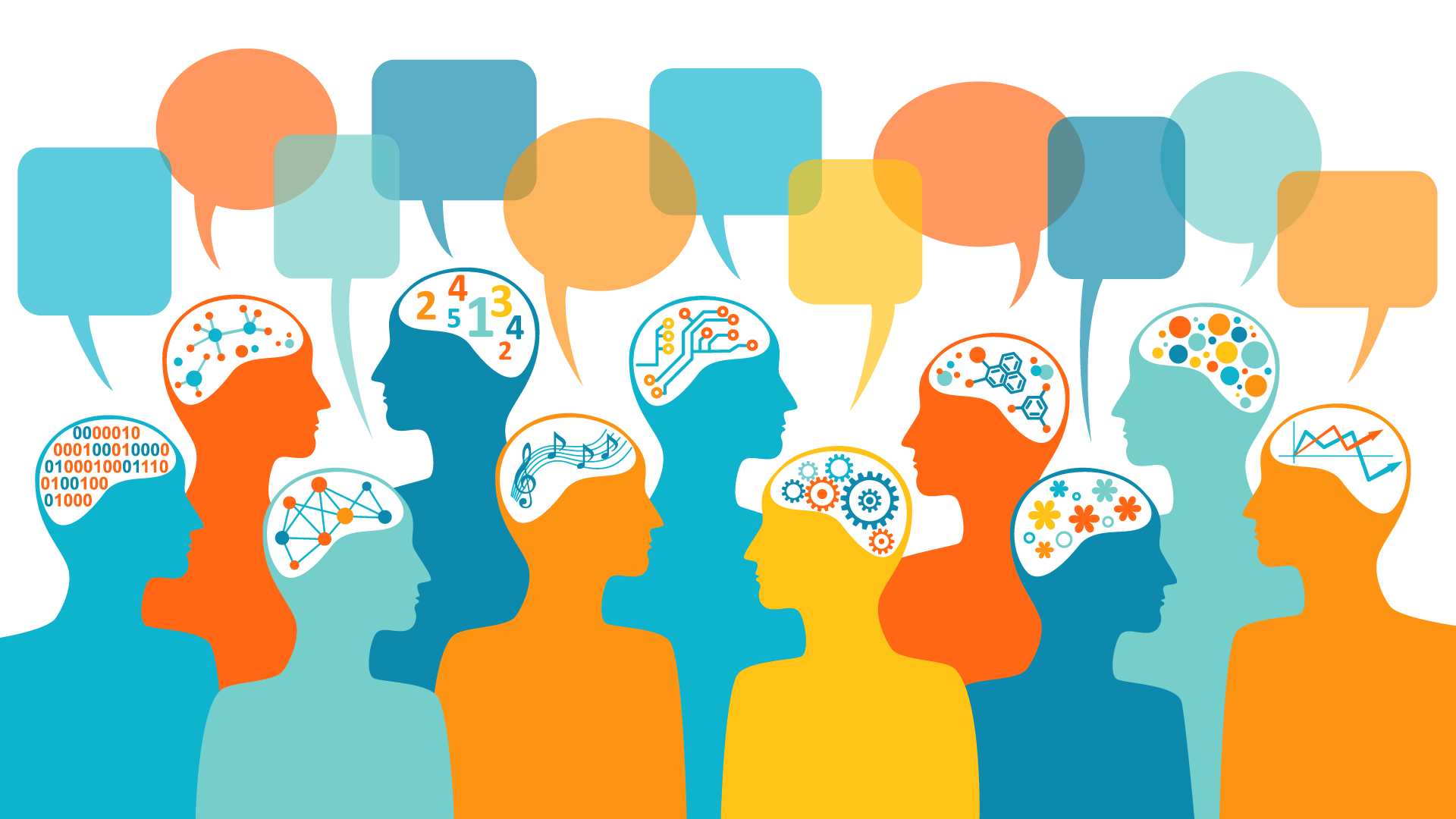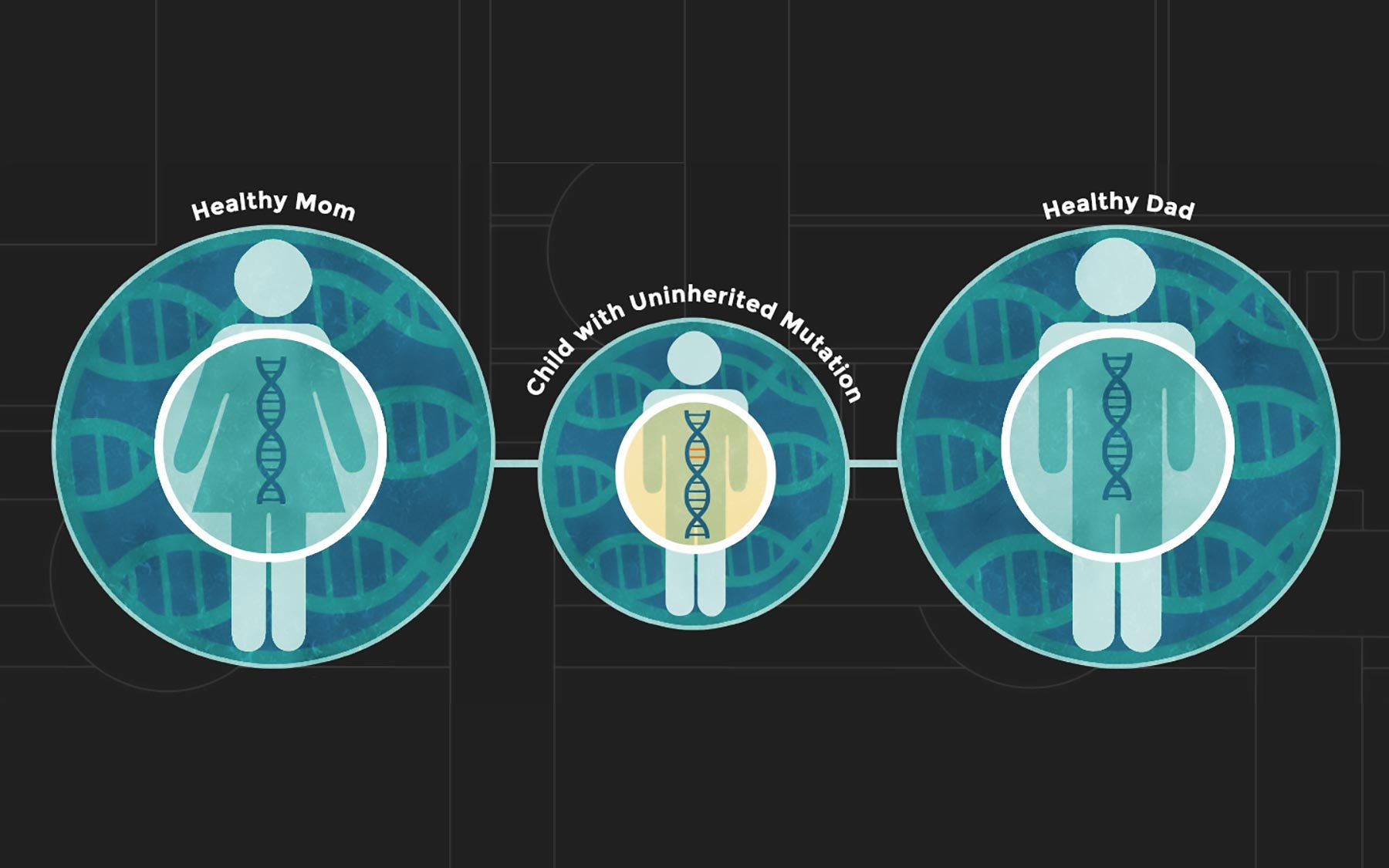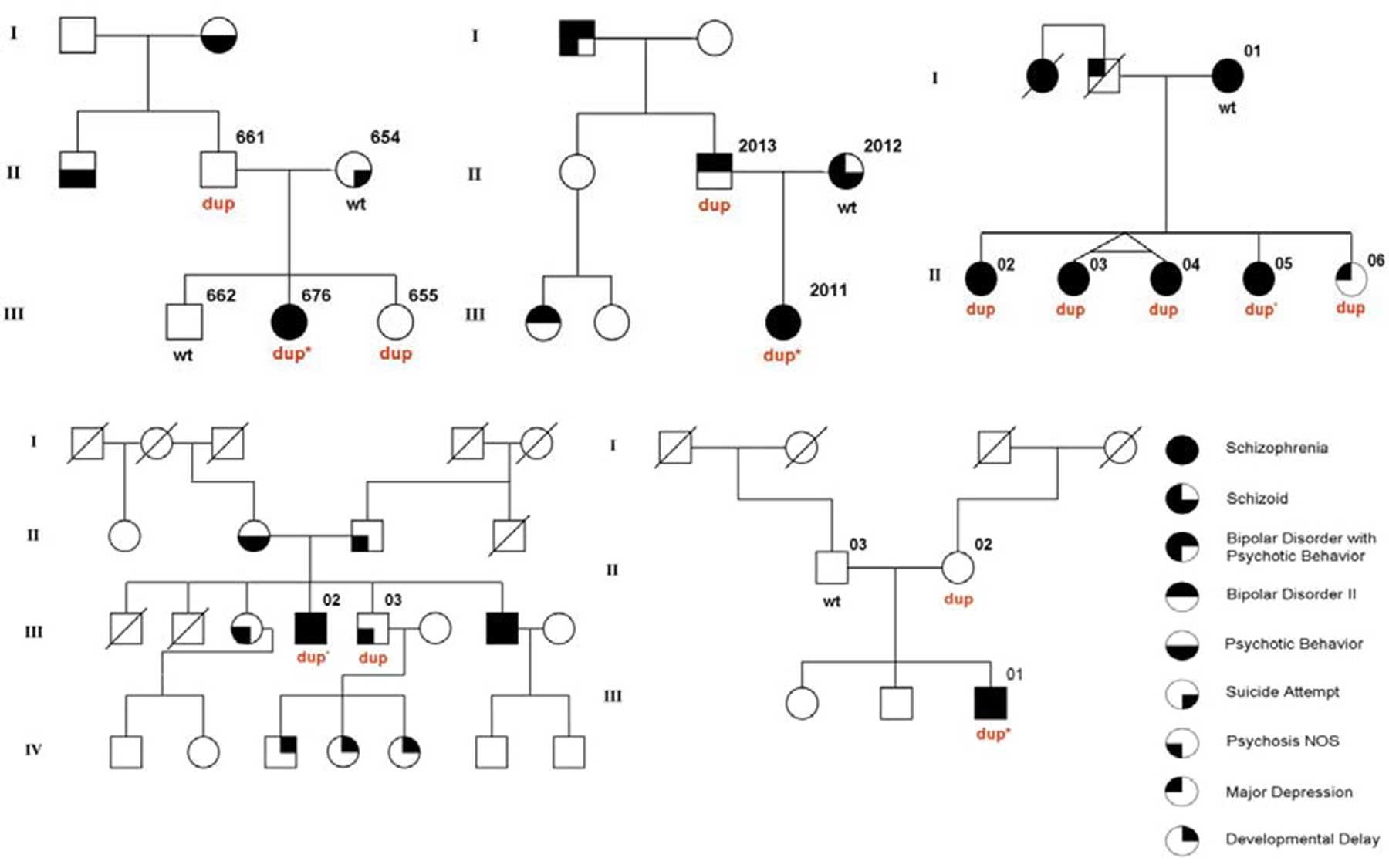The scientific community’s views on autism spectrum disorder (ASD) have changed significantly over the last two decades. Cold Spring Harbor Laboratory (CSHL) has played an important role in this evolution, as our scientists have uncovered several genetic factors underlying ASD. Of course, that evolution didn’t happen overnight. It is the result of progressive research that continues today.
In fact, CSHL Professor Michael Wigler and Assistant Professor Ivan Iossifov have just published a new study on genome sharing among siblings with ASD. In some ways, their findings build on decades of past research. In other ways, they may overturn what scientists thought they already knew. Where does this all fit into our ever-evolving understanding of brain disorders and mental health?
Only time will tell for certain. But the following retrospective may begin to answer that question. By recapping several decades of work, this article shows just how far ASD research has come at CSHL and around the world.
A unified theory of autism (2007)
Sometimes ASD genetics follows traditional inheritance patterns, like eye color. Other times, it has more sporadic behavior. To reconcile these differences, CSHL Professor Michael Wigler and his colleagues created a model called the “unified theory of autism.” In this video, he discussed the theory and his research’s potential impact. “We might be able to determine early on that [a] child is going to develop a form of autism,” Wigler explained.
Mice genes offer promising clues (2011)
Scientists at CSHL discovered that one of the most common genetic mutations in persons with ASD—deletion of a 27-gene cluster on chromosome 16—causes autism-like features. By generating mouse models of autism, CSHL Professor Alea Mills and her colleagues provided the first genetic evidence that inheriting fewer copies of these genes leads to characteristics similar to those demonstrated by children diagnosed with ASD.
Overlap with schizophrenia and intellectual disability (2014)
A multinational team of scientists presented evidence that malfunctions in the same genes can contribute to occurrences of schizophrenia, ASD, and intellectual disability. The team, led by CSHL Professor W. Richard McCombie, studied a sample of 42 “trio” families in which the child, but neither parent, was diagnosed with schizophrenia and/or psychosis, as well as 15 trio families with a history of psychosis.
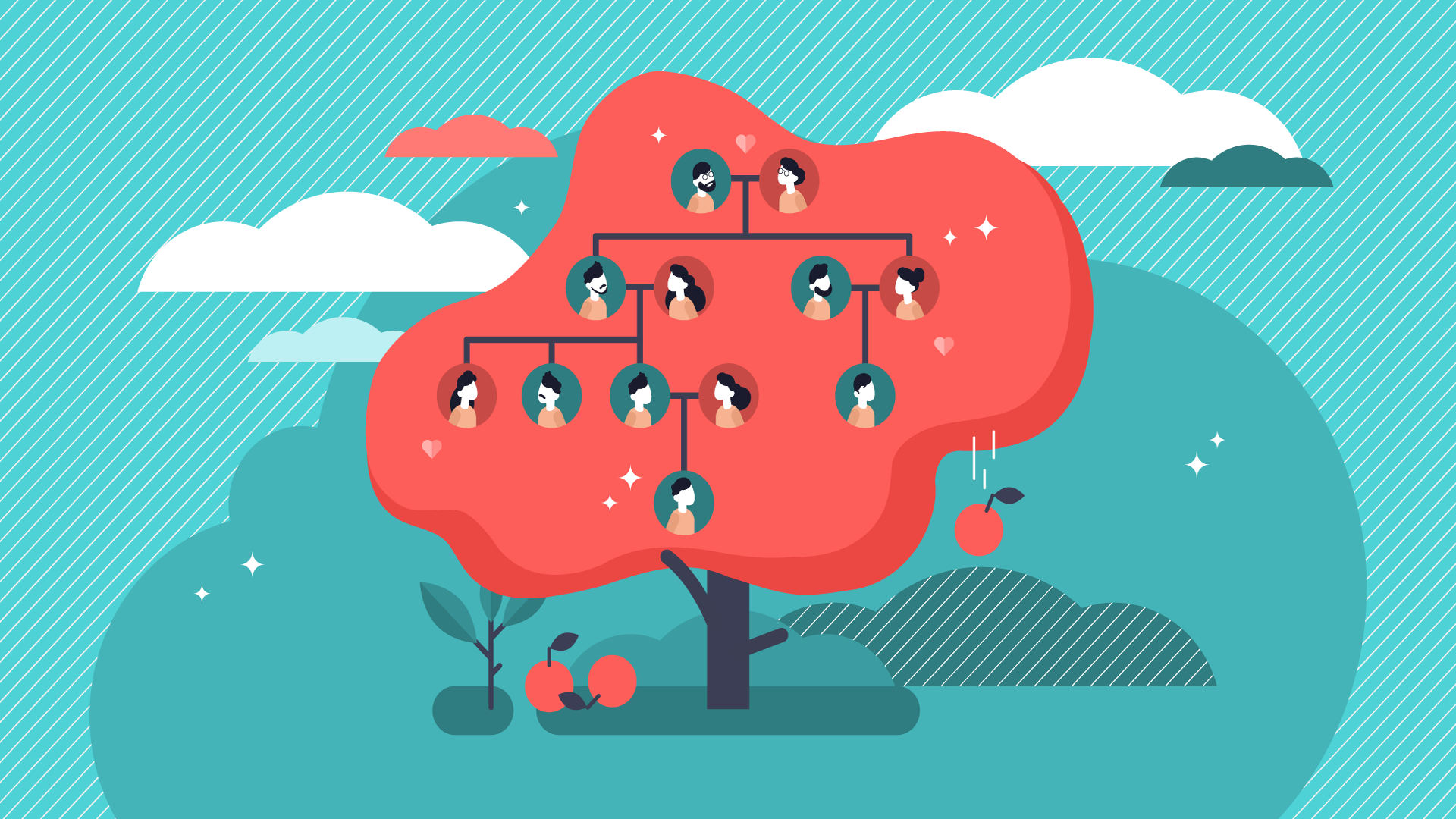
Spontaneous mutations cause 50% of autism cases (2015)
A 2014 study led by CSHL Associate Professor Ivan Iossifov conservatively estimated that 30% of all cases of ASD are caused by de novo, or “spontaneous,” genetic mutations. Then in 2015, CSHL scientists led by Wigler and Iossifov found evidence that devastating de novo mutations of “vulnerable” genes contribute to roughly half of all ASD occurrences. The vulnerable genes harbor what they call an LGD, or likely gene disruption. This finding prompted researchers to revise upward their estimate of how many ASD cases are the result of de novo mutations.
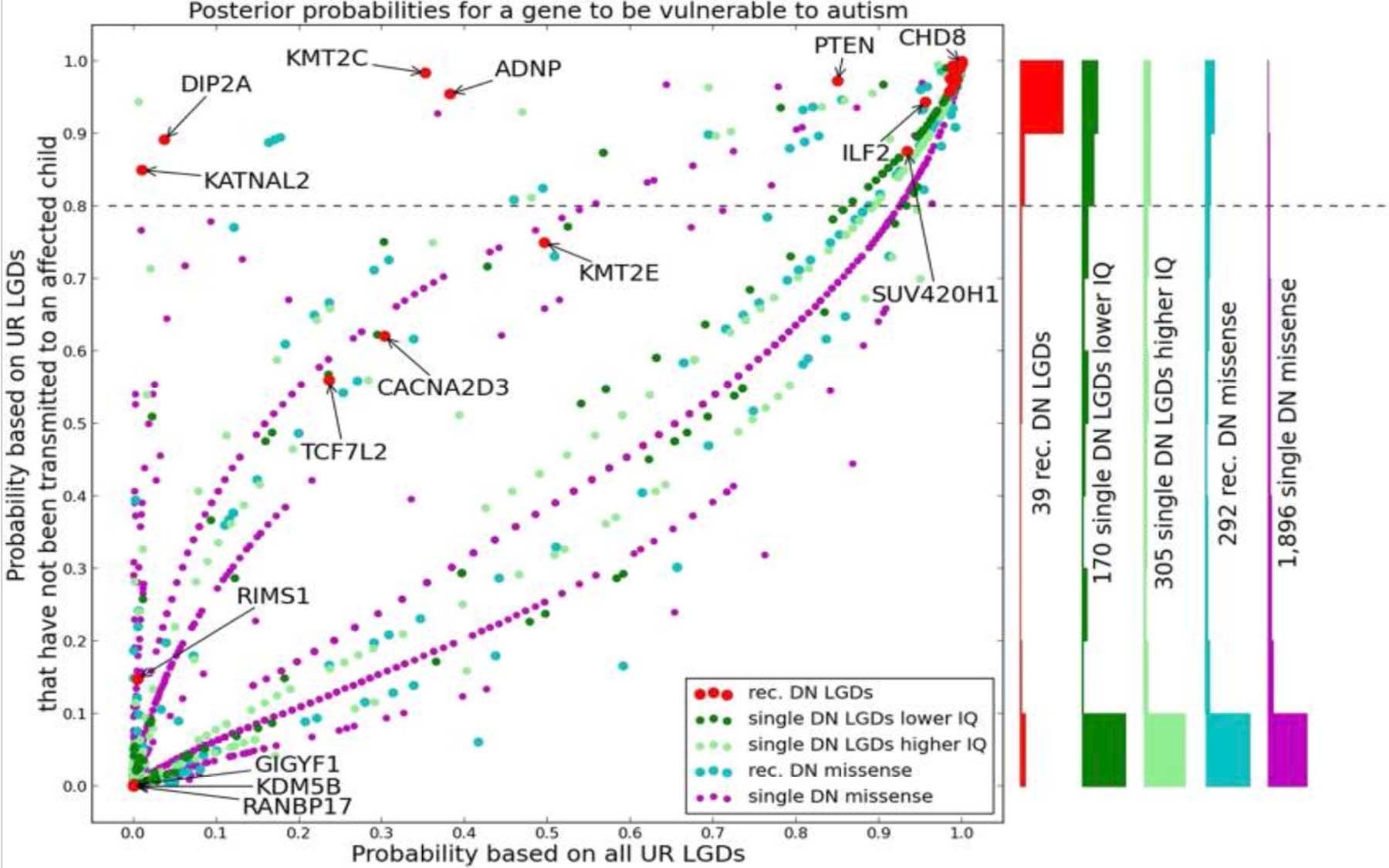
Where does autism come from when it doesn’t run in the family? (2016)
Building on his 2014 study, genetics expert Ivan Iossifov shed more light on how parents who don’t have ASD can pass it on to their children. “Every child has some spontaneous mutations,” explained Iossifov. “But in some children, these mutations severely affect the functioning of a particular gene.” Around 239 genes have been identified that are likely to cause autism when mutations strike them. These genes fall into three main categories: genes active in the embryo, genes that turn other genes on and off, and genes that help neurons communicate. The finding provided new clues for why boys are roughly four times more likely than girls to be born with ASD.
Autism’s ancient ancestors (2017)
In a demonstration of the unique power of family studies, researchers provided what they called the first rigorous statistical evidence that ancient variations in the human genome contribute to ASD. Each variation most likely has a very small effect. The researchers also found clues that the proportion of maternal or paternal genome inherited by a child may affect their risk of being born with ASD.
Severe autism modeled in mice (2017)
Rett syndrome is a form of ASD most often diagnosed in females. Now, remember how we started this retrospective with mouse models? Researchers who modeled Rett syndrome in mice demonstrated how the failure of the Mecp2 gene prevents adult females from learning how to gather newborn pups in the days immediately following their birth. Using genetic and drug therapies, scientists restored female mice’s ability to learn how to retrieve pups.
Impaired motor skills and cognition (2018)
Research led by Iossifov on the genetic causes of autism called attention to diminished motor skills and broad cognitive impairment. The data suggest that children who have autism as a consequence of inherited genetic factors have fewer impairments than those with severe de novo mutations. This built on previous CSHL research, which showed that more severe de novo mutations result in more pronounced impairments.

The genetic landscape of autism (2022)
Professor Wigler has spent the last two decades searching for the genetic roots of autism. He has found some answers for why it affects boys differently than girls. However, many more questions remain unanswered. “We’re still missing something, and the missing piece suggests it’s not all genetics,” Wigler says.
Siblings with autism share more than 50% of dad’s genome, not mom’s (2023)
For their latest study, Professor Wigler and Associate Professor Iossifov analyzed the genomes of more than 6,000 volunteer families. They found that when more than one child in a family has autism, those siblings tend to share more of their dad’s genome. This flips the script on a longstanding prediction that brothers or sisters with autism would share more of their mom’s genome. Why is this happening? Might other conditions like schizophrenia follow the same pattern? This study sets the stage for future research to tackle those very questions. In one sense, it represents the culmination of decades of research. In another, it’s just the beginning.
Today, CSHL continues its pioneering research on the genetics and neuroscience of autism. To find out more, check out our autism spectrum disorders archive. And keep an eye out for future additions to this ever-expanding body of knowledge.
Written by: Luis Sandoval, Communications Specialist | sandova@cshl.edu | 516-367-6826
